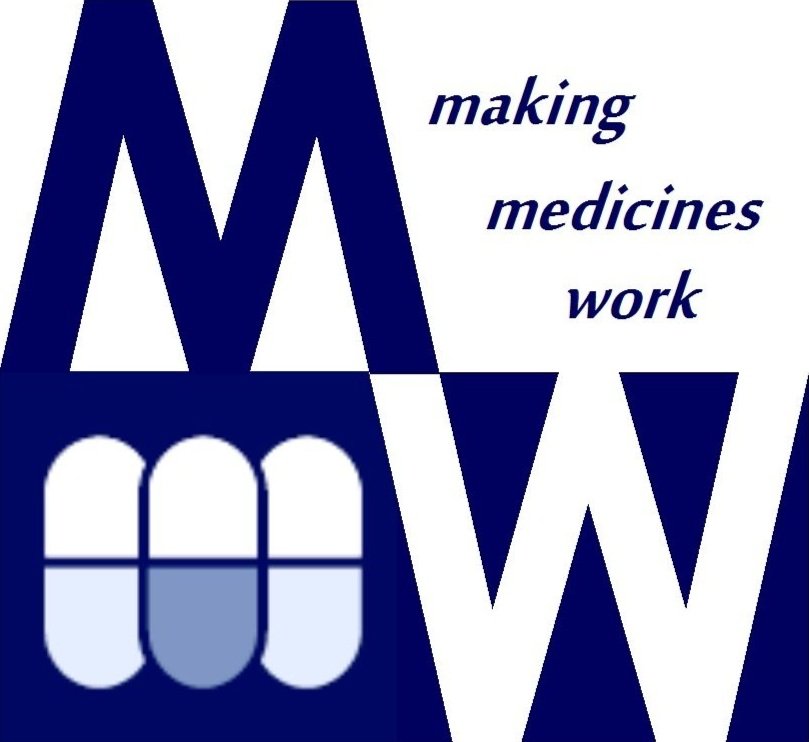Whaea B is a 77year old Maori woman who lives with her husband. She has hypertension, asthma, gout, GORD, osteoarthritis, osteopenia, AF, with a history of venous ulcer, breast cancer and myocardial infarction. She has a new diagnosis of heart failure. She takes over 15 different medications daily.
She is under several different teams of providers as well as her general practice team, across primary and secondary care. While each specialist focuses on their area of expertise, making treatment decisions accordingly, Whaea B has to navigate and try to implement their plans at home.
With a perspective focused on medication related complexity, clinical and prescribing pharmacists can provide an overarching view to manage all patient medication issues, rather than a disease specific focus. A medication care plan for Whaea B incorporated input from various specialists, practice staff, liaison with community pharmacists, as well as input from Whaea B, acknowledging her views, concerns and understanding. For Whaea B, this has meant regular input to help implement each change, following a written plan and being able to progress within her own priorities, and flexibility around her views and lifestyle.
Mrs G was referred for review by her GP. She had chronic pain and was taking multiple medications. Mrs G was seen by a Medwise Pharmacist and her pain medication was optimised. Mrs G was keen to stop taking lorazepam which she had been taking for 5 years. Mrs G’s Medwise pharmacist drew up a schedule to convert her lorazepam dose to diazepam and then slowly taper this to stop. Mrs G was supported via weekly phone calls from her Medwise Pharmacist during the taper and with this support was able to stop her benzodiazepine.
Mrs P was referred following an accidental overdose. She was taking 14+ oral medicines, 3 inhalers and 3 lots of eye drops. Her own medicines management plan was to put her oral medicines into old medication bottles to take during the day. One day she selected a container thinking it was one of these doses and inadvertently swallowed all her sleeping tablets. Mrs P was seen by a Medwise Pharmacist and her medication was rationalised, optimised and organised to reduce the workload associated with her medicines. She found her pain and sleep improved with the change in dosing times and regular administration of her pain medication. Large amounts of excess medication, which had accumulated over the years, was removed from her home which gave her lots of storage space and, more importantly, made her home safer when grandchildren came to visit.
Mr A was referred to Medwise for a review by his consultant geriatrician. He had a history of multiple hospital admissions for symptomatic hyponatraemia. Mr A was visited at home by a Medwise pharmacist , where it was found that he was adherent with his medication regimen however a dispensing error had occurred and he had been taking Slow Potassium tablets instead of Slow Sodium tablets for several months, hence his sodium had remained low. We reported our findings to Mr A’s consultant, GP and community pharmacy. Mr A was supplied with the correct medication and his symptomatic hyponatraemia resolved.
